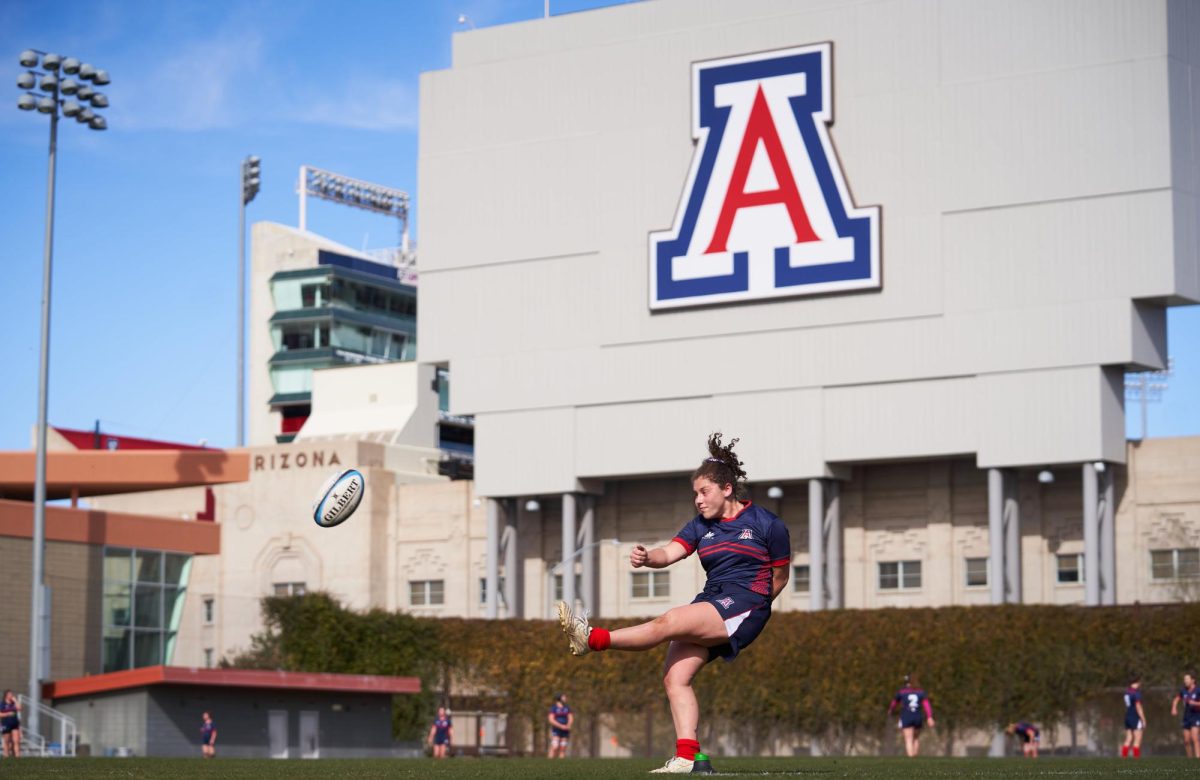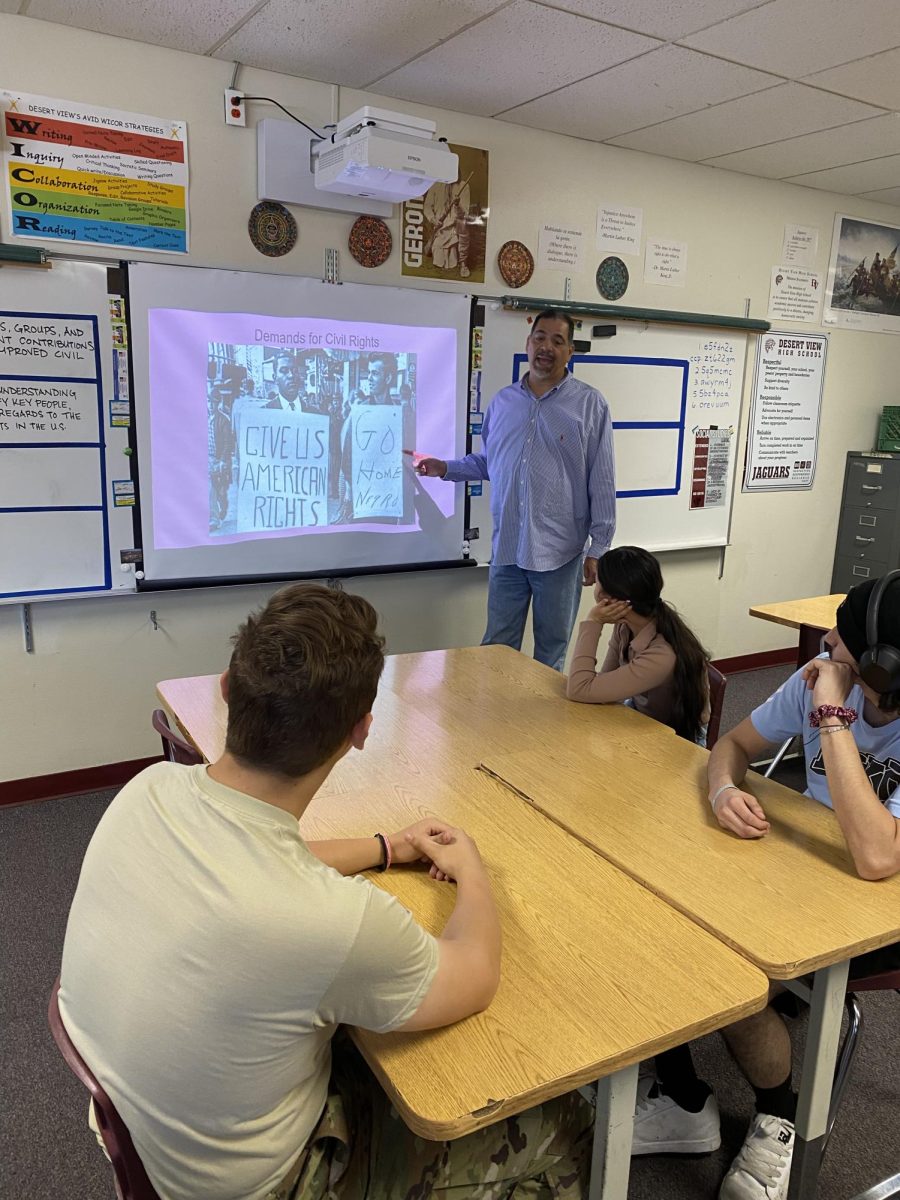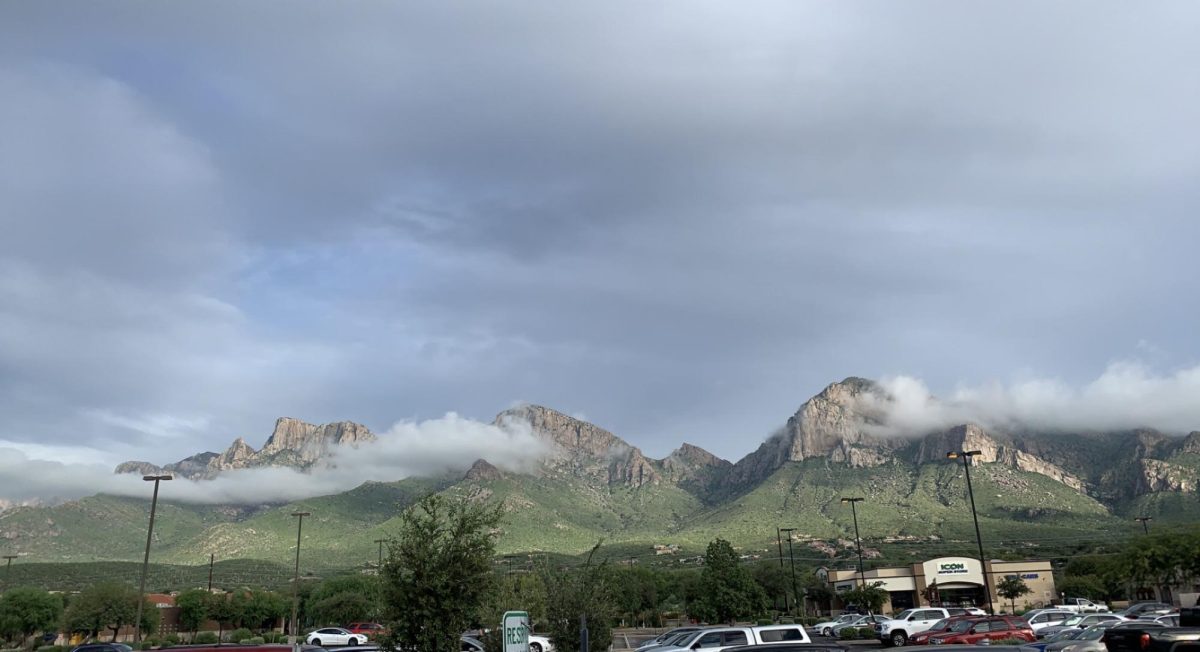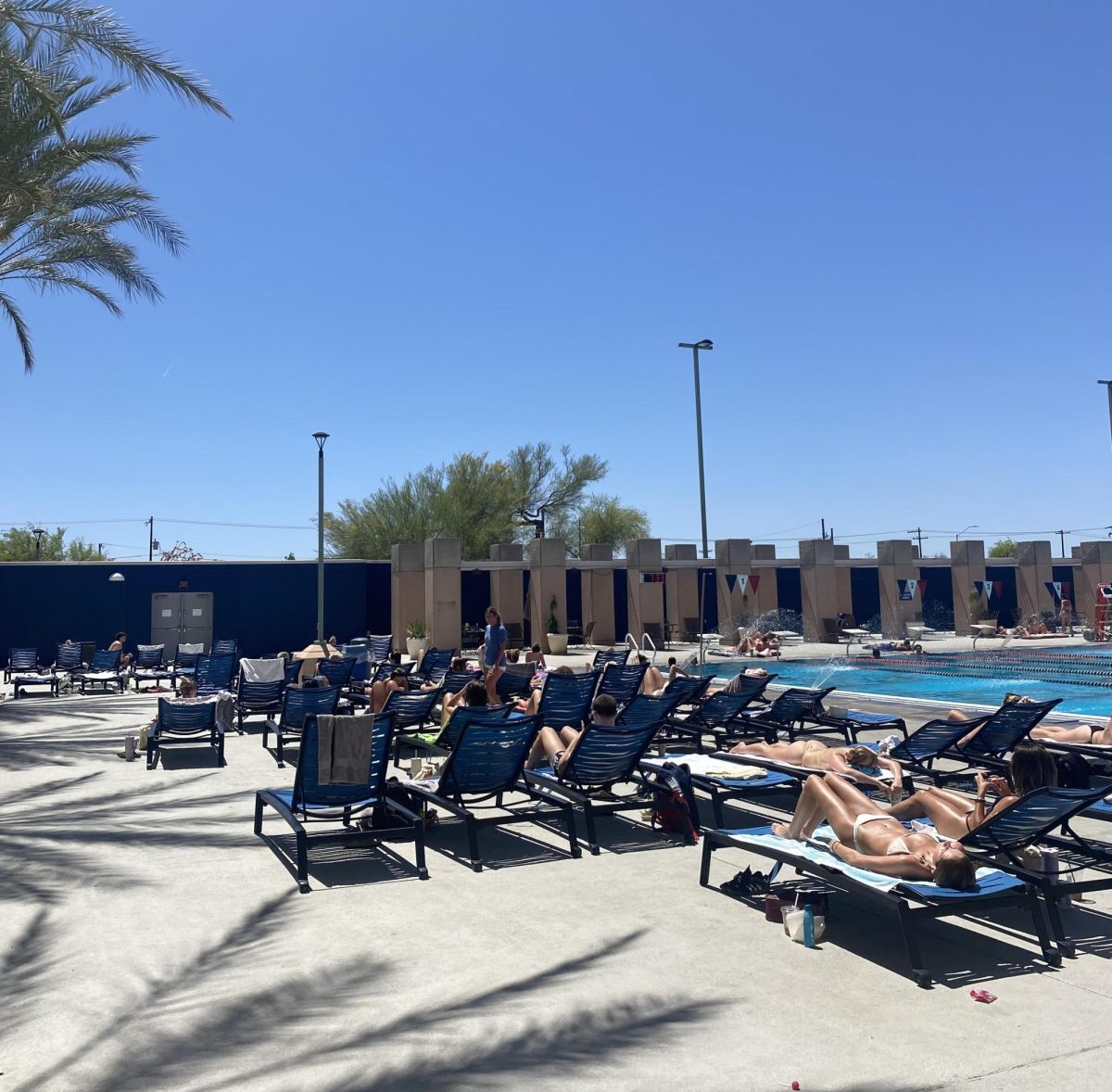In an era where every school in every state is battling budget cuts, electives such as, physical education, music and art jump to the front of line when cutbacks need to be made.
With the rise of childhood obesity in Arizona, the cutback of physical education is diminishing the daily exercise that children need to be healthy.
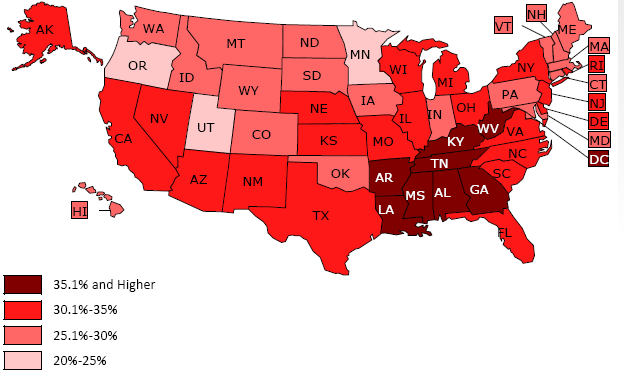 Arizona was ranked 15th out of 50 states for childhood obesity in 2007, according to the “F as in Fat Report 2010” by Trust for America’s Health (TFAH) and the Robert Wood Johnson Foundation (RWJF).
Arizona was ranked 15th out of 50 states for childhood obesity in 2007, according to the “F as in Fat Report 2010” by Trust for America’s Health (TFAH) and the Robert Wood Johnson Foundation (RWJF).
It’s no secret that there’s a childhood obesity crisis in the country and the number of reasons is too long to list. Video games, television, computers and fast food all play factors in obesity, but the time of physical activity for children is hardly ever mentioned.
As of now Arizona mandates physical education to graduate from elementary schools or middle schools. In high school, the requirements lie in the hands of the school districts. “However, there is no required time for physical education at any level of education in Arizona and no law mandating recess,” said Keri Schoeff, Arizona’s physical activity, nutrition, and tobacco use prevention coordinator.
The most common blame to the decline of physical education in schools is the “No Child Left Behind Act.” It was introduced by President George W. Bush in 2001 and was put into action by Congress in early 2002. The law increased emphasis on core subjects such as reading and math, linking federal funds to the results of standardized tests in those subjects.
The federal “No Child Left Behind Act” increased the role of government in testing students and labeling schools. This led to schools dedicating additional class time to ensure they have met the requirements, to avoid being labeled “failing schools.”
John Pedicone, superintendent for Tucson Unified School District, believes there is numerous reasons why schools have reduced the amount of time students spend on things outside of academics. Still, budget reductions and the emphasis being placed on academic achievement in general are influencers. “I would argue that we do an injustice to students and we actually impede our efforts to increase achievement when we eliminate the benefits of physical fitness or when we ignore the research on the nexus between the arts and increased academic success,” said Pedicone.
In addition to the reduction of time in physical education, the state of Arizona only requires a teaching certificate to conduct a P.E. class, according to the Arizona Department of Education. Although the ADE does not keep statistics on the amount of P.E. teachers in years past, “there still is a market for P.E. teachers and some schools prefer P.E. teachers to become health or reading teachers or vice versa,” says Brian Moreno, physical education teacher at Maxwell Middle School in Tucson.
The “F as in Fat” report also shows income gaps within obesity statistics, in which Arizona has 20.8 percent of children under 18 living in poverty, according to Children’s Action Alliance Statistics.
In 2009, Yuma, Arizona ranked second on a list of the 10 fattest cities in America, according to Centers for Disease Control and Prevention. Ranae Steen, P.E. teacher at Gary A. Knox Elementary School in Yuma said, “I noticed one day at recess that some kids were playing and some were not.”
Steen then decided to team up with The Foundation of Yuma Regional Medical Center to receive grant funds to aid them in implementing the Y.O.U.T.H. (Yumans’ Obesity Undermines Their Health) Initiative Mileage Club School Program, which is geared toward fighting childhood obesity.
“Everyday during recess students can walk laps around our track to receive tokens,” said Steen. “Tokens are then worn on achievement chains. The miles are logged and participants are rewarded as they collect additional tokens.”
In October of 2011 Gary Knox Elementary School received $3,590 in grant funds and is heading into its fourth year of participation. In the last event at Gary A. Knox Elementary, 367 walkers logged 6,000 miles.
Just recently the towns of Surprise-El Mirage hosted their inaugural Walking Together for Youth 5K Run/Walk on January 21, where they received 134 participants. “The goal is to raise awareness about the importance of physical activity for children. Proceeds will support physical education programs in the Dysart District and extracurricular sports,” said coordinator Beth Simek.
The fight is not just going on in schools, the Grow 2B Fit Foundation and the Girl Scouts of Southern Arizona were recognized for their efforts in the fight against obesity. They have both received grants from United Healthcare for projects they developed to battle childhood obesity.
Grow 2B Fit, a non-profit organization that works with families in Tucson to help them learn about nutrition and exercise, received a $1,000 grant.
The nation’s biggest sponsor in the fight against obesity could be First Lady, Michelle Obama and her creation of “Let’s Move.” According to the official webiste, the objective is to give parents helpful information and fostering environments that support healthy choices. Providing healthier foods in our schools. Ensuring that every family has access to healthy, affordable food. And, helping children become more physically active.
“The physical and emotional health of an entire generation and the economic health and security of our nation is at stake. This isn’t the kind of problem that can be solved overnight, but with everyone working together, it can be solved. So, let’s move,” said Obama at the Let’s Move launch announcement.



